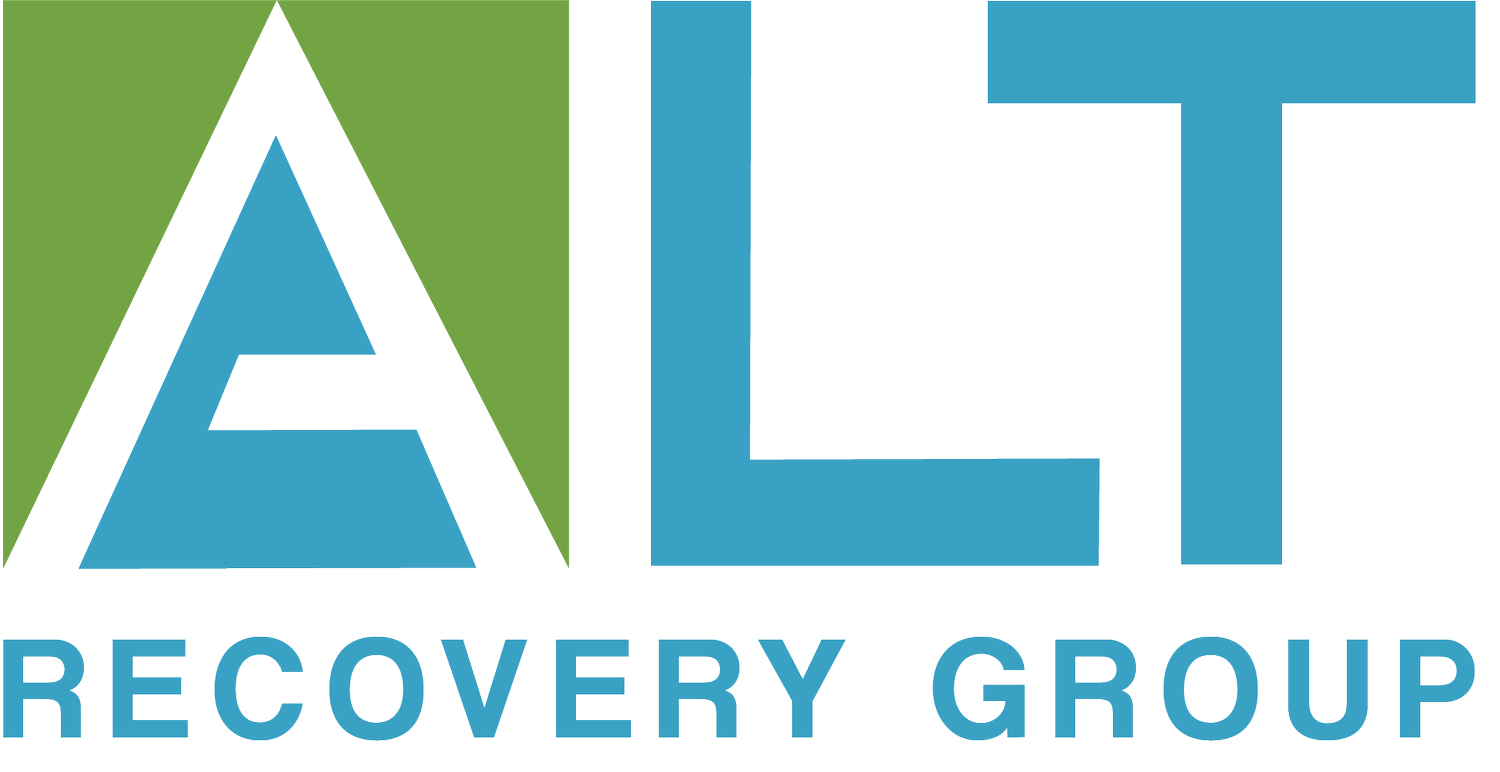How Over-Prescription Contributes to the Opioid Epidemic: Facts and Figures
Explore the over-prescription crisis fueling the opioid epidemic: uncovering facts and proactive steps.



In the throes of the opioid epidemic, a glaring issue that stands out is the over-prescription of opioid medications. This article aims to delve deep into the facts and figures surrounding this crisis, shedding light on how over-prescription has fueled the opioid epidemic and what steps can be taken to curb this troubling trend.
A Quantitative Perspective on a Growing Crisis
The Inception of Over-Prescription
In the late 90s, there was a surge in opioid prescriptions owing to a misconception about their addictive potential. This marked the beginning of an over-prescription era, which set the stage for the current crisis.
Staggering Numbers
The extent of the opioid crisis is evidenced by a set of alarming statistics, where the number of prescriptions issued in some regions surpasses even the total population. This is a testimony to the scale of the over-prescription problem, a central player in the ongoing opioid epidemic. Delving into the recent data sheds more light on this deeply entrenched issue:
Opioid Prescription Rates:
In several states across the U.S, the opioid prescription rates have spiraled uncontrollably. Recent studies have shown that in certain areas, there are more prescriptions than there are people. This type of data illustrates not only the scale of the problem but also the urgent need for intervention to prevent further escalation.
Medical Procedures and Prescription Rates:
Opioids have traditionally been prescribed post major surgeries or to manage chronic pain. However, the past few decades have seen a shift, with opioids being prescribed for even minor medical procedures, significantly increasing the number of prescriptions being written. A closer look at this trend reveals a pattern of over-reliance on these potent drugs, fostering an environment ripe for addiction and abuse.
Geographic Disparities:
An alarming trend noticed in the data is the stark geographical disparities in prescription rates. Some regions exhibit exceedingly high rates, a clear indicator of localized practices and policies that might be contributing to over-prescription. Analysis of these geographic trends can potentially unearth underlying issues that need to be addressed to curb the crisis.
The Economic Burden:
The over-prescription of opioids also brings with it a heavy economic burden. From increased healthcare costs to lost productivity in the workforce, the economic repercussions echo the gravity of the situation. This segment would explore the economic ramifications in depth, presenting a comprehensive view of the crisis.
The Ripple Effect of Over-Prescription
Over-prescription doesn't just affect the patients receiving the drugs. It has a ripple effect on society, escalating the rates of opioid misuse, addiction, and overdose deaths. This part delves into the societal repercussions of over-prescription.
Moving Forward: A Path to Sustainable Solutions
To truly curb the opioid epidemic, it is essential to foster responsible prescription practices. This part outlines potential solutions and future paths that can help stem the tide of the opioid crisis.
Conclusion:
Over-prescription has undeniably fueled the opioid epidemic, with devastating consequences. Through understanding the facts and figures associated with this crisis, society can move towards creating informed, sustainable solutions to combat the opioid epidemic.
Latest Articles


We are here to help you succeed!





